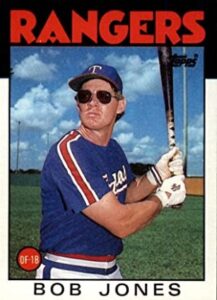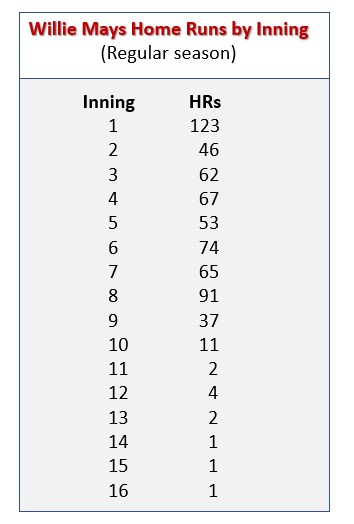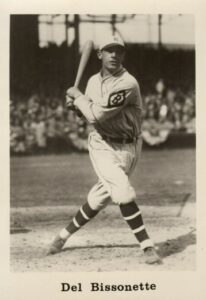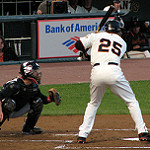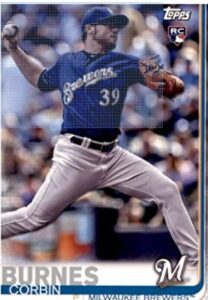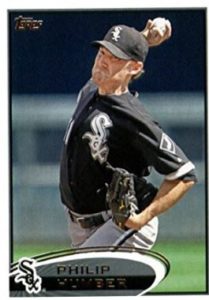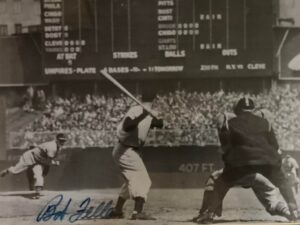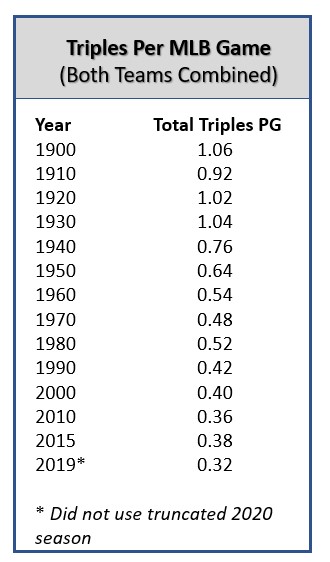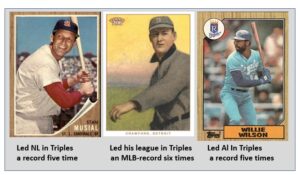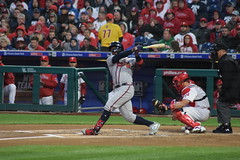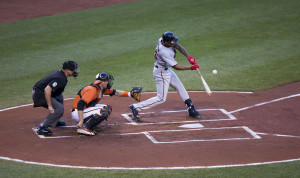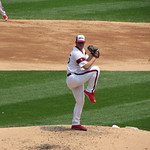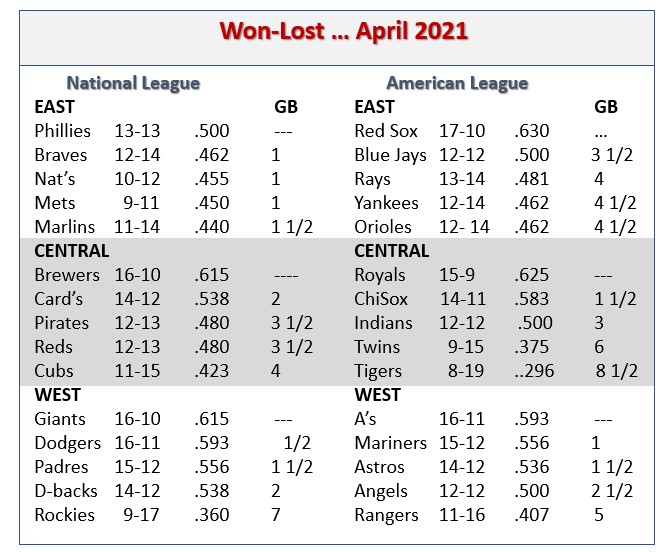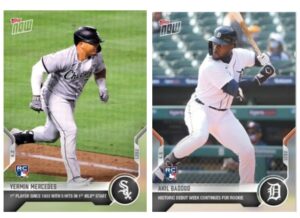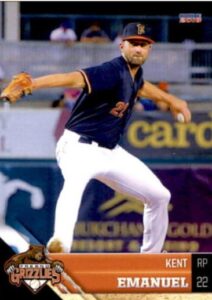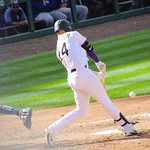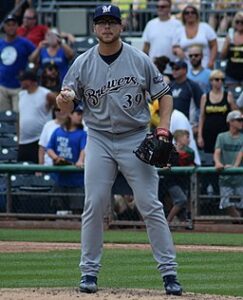Yesterday (May 28, 2021), the Padres broke open a tight (3-3) game against the Astro (in Houston) by plating seven runs in the top of the eleventh inning. The Padres attack that inning included five singles, a double and was aided by an Astros’ error and (unfortunately) the now obligatory free runner on second base to open the inning.
Well, that got me thinking (another Baseball Roundtable “one thing leads to another” moment) about the record for runs scored in an extra inning. I thought I’d share what I found.
Independence Day Fire Works Arrive a Day Early
Turns out the record for the most runs scored in extra frames belong to the Rangers, who plated 12 runs in the fifteenth inning of a July 3, 1983 game against the A’s – giving the Rangers a 16-4 win.
In that frame, which I detail later in this post, the Rangers:
- Sent 16 batters to the plate;
- Collected five singles and three doubles;
- Benefited from four walks (one intentional), a wild pitch and one A’s error;
- Had one batter (LF Bob Jones) hit two doubles; and
- Had seven players drive in at least one run.
Bob Jones’ Day in the Sun
Rangers’ LF Bob Jones went five-for-eight in that July 3, 1983 game, collecting three doubles, scoring twice and driving in four runs. On the season, he hit .222 (16-for-72) with four doubles, one home runs, five runs scored and 11 RBI. In nine MLB seasons, Jones hit .221 (314 games), with 20 home runs and 86 RBI.
Here’s a look at how the Rangers’ record-setting extra inning went:
- SS Bucky Dent draws a leadoff walk off reliever Dave Beard.
- 3B Buddy Bell singles, Dent goes to second.
- RF Larry Parrish grounds out weakly to the pitcher, Dent and Bell move up.
- CF George Wright is walked intentionally.
- LF Bob Jones hits a two-run double to right.
- Wright, who has gone to third on the Jones double, scores on a wild pitch with C Bob Johnson at the plate.
- Johnson walks – putting runners on first and third.
- Bill Callahan replaces Beard on the bump.
- 1B Larry Biittner hits a run-scoring single.
- 2B Jim Anderson walks, loading the bases.
- Mickey Rivers reaches on an error by second baseman Tony Phillips as Biittner scores.
- Dent hits a run-scoring single in his second plate appearance of the inning.
- Bell hits his second single of the inning – this one scoring Rivers.
- Parrish hits a two-run double.
- Wright flies out to left.
- Jones hits a run-scoring double, his second two-bagger of the frame.
- Johnson singles in Jones.
- Biittner flies out to left to end the carnage.
Note: Odell Jones put down the A’s (strikeout-strikeout-fly out) in the bottom of the inning.
The Rare Dozen Tallies
Only twice in the 1983 season did the Rangers scores as many runs in a game as they did in the 15th innings on July 3, On July 2, they topped the A’s 13-3 and on August 8, they defeated the Red Sox 12-7.
____________________________________________________
In Contrast
On May 1, 1920, the Brooklyn Robins (Dodgers) and Boston Braves played to a 26-innings 1-1 tie. Yep, 17-consecutive scoreless extra innings. (In fact, not a single runner crossed the plate after the bottom of the sixth.) Notably, starting pitcher Leon Cadore (Robins) and Joe Oeschger (Braves) both went the distance.
More Contrast
The Astros and Mets hold the record for the longest-ever string of consecutive scoreless innings from the start of a game (or consecutively at any point in a single game) at 23. . On April 15, 1968 – after 23 scoreless frames, the Astros pushed across a run in the bottom of the 24th on a single by RF Norm Miller, a balk by Les Rohr, an intentional walk to LF Jimmy Wynn, ground out by 1B Rusty Staub (that moved the runners to second and third), an intentional walk to PH John Bateman and then a run-scoring error (on a 3B Bob Aspromonte grounder) by Mets’ SS Al Weis. In contrast to the Robins/Braves game (above) which saw only two pitchers take the mound and took just three hours and fifty minutes to complete, this one saw 13 hurlers make an appearance and took six hours and six minute.
_________________________________________________
As usual, when I began to look into the runs scored in an extra frame once again “one thing led to another – and another,” all related to extra innings, of course. I was drawn to the Braves/Giants game of July 2, 1963. That was a matchup between a pair of future Hall of Famers – 42-year-old Warren Spahn (in his 18th MLB season) and 26-year-old Juan Marichal (in his fourth MLB campaign). The two matched up in a 16-inning duel – that was still scoreless (with both starters in the game) going into the bottom of the sixteenth inning. That’s when Willie Mays took Warren Spahn deep to left for a game-winning home run. Why was that notable?
- It was one of Mays’ career MLB-record 22 extra-inning homers.
- Thanks to that round tripper, May is the only player to homer in every inning one-through-sixteen. (More #InBasedballWeCountEverything.)
- It created a nice “bookend.” On May 28, Mays hit his first career home run, which was also his first first-inning homer – and it came off Spahn. The July 2, 1963 long ball (again off Spahn) was his first (and only) 16th-inning blast.
Primary Resources: Stathead.com; Baseball-Almanac.com; Extra Inning Home Runs, Baseball Research Journal (1976), Ray Gonzalez.
______________________________________________
Baseball Roundtable is on the Feedspot list of the Top 100 Baseball Blogs. To see the full list, click here.
I tweet baseball @DavidBaseballRT
Follow/Like Baseball Roundtable’s Facebook Page here. More baseball commentary; blog post notifications; PRIZES.
Member: Society for American Baseball Research (SABR); The Baseball Reliquary; The Negro Leagues Baseball Museum.
